TeMaS is a collaborative effort of the Universities of Mainz, Frankfurt and Heidelberg that coordinates interdisciplinary research on magmatic processes in the broadest sense, from the generation of magma in the Earth’s mantle through its eruption in volcanoes and how that impacts the atmosphere and climate.
It is funded by grants from Rheinland-Pfalz, the University of Frankfurt and Heidelberg University.
Magmatic processes are central to the geosciences, as they constitute the main connection between the deep solid Earth and the surface. They are responsible for the creation of continents on Earth, for the generation of large ore deposits, and for catastrophic volcanic eruptions that directly and indirectly affect the lives of millions of people.
Over the last decade, significant advances have been made in our investigation of magmatic systems, and we now know that we can only understand such systems in an integrative and interdisciplinary manner. They need to be considered at the mantle-to-atmosphere scale and not just by analyzing shallow magma chambers that directly feed volcanoes. It has also been realized that magmatic systems are highly dynamic and are formed by many small pulses of magma, of which less than 10% erupts in volcanoes, with most melt crystallizing within the Earth’s crust during its upward flow. Why that is, and how the dynamics of these complex physical and chemical systems work from the deep mantle to the atmosphere, is largely unknown.
Our goal is to understand how magmatic processes work on vastly different scales and how different environments (subsurface, surface, and atmosphere) are intertwined. This will be achieved by combining unique expertise and multidisciplinary approaches of members of the Departments of the Geological and Atmospheric Sciences at the Universities of Mainz, Frankfurt and Heidelberg.
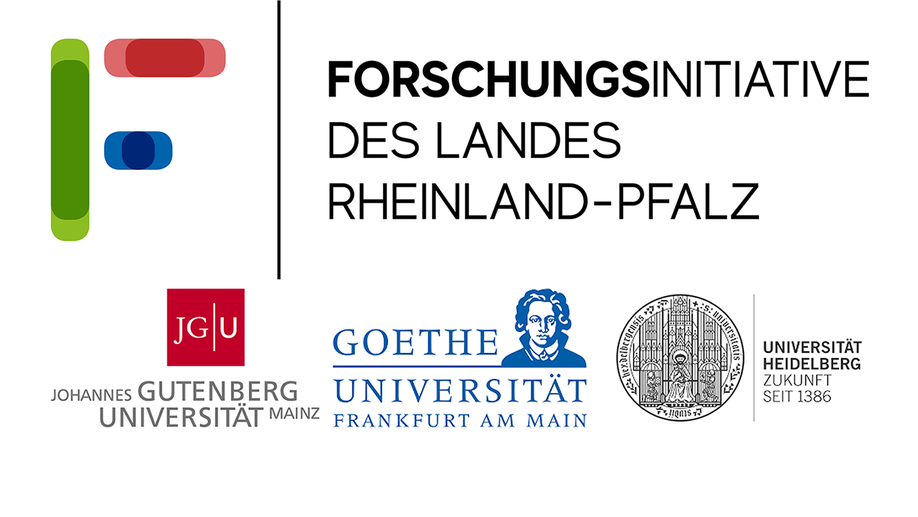
TeMaS is a consortium of researchers from the Universities in Mainz, Frankfurt and Heidelberg. The main funding comes from the Research Initiative of the State of Rhineland-Palatinate. https://research.uni-mainz.de/top-level-and-high-potential-research-areas-of-jgu/
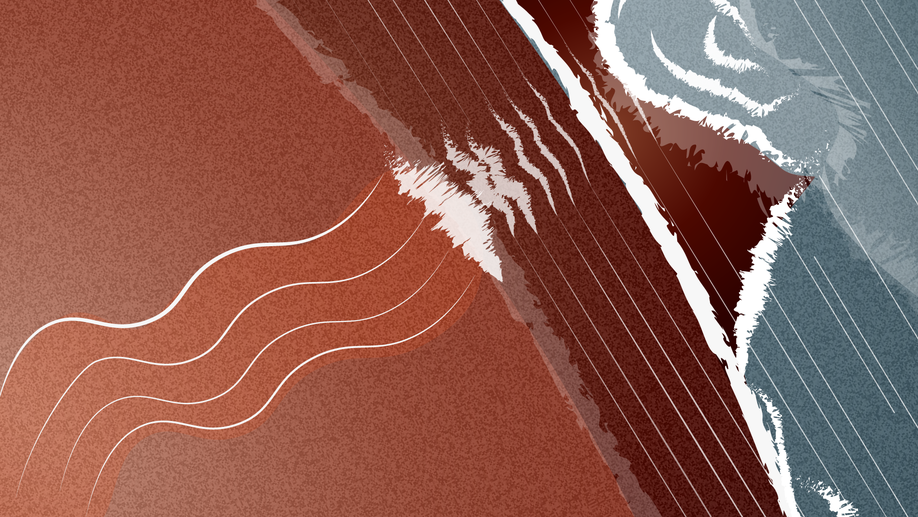
The authors analyzed noise data recorded over the last decade. They observed a directionality loss in 2018, when deep fluids in fact reached the shallow hydrothermal systems. The researchers infer that these migrations were the likely trigger of the earthquakes that stroke the caldera at the end of 2019. They created a model of the noise registered and mapped at the volcano. TeMaS helped create a computerized model of the volcano to then simulate how the volcano responds to noise generated in the middle of the Tyrrhenian Sea. When combined with the massive amount of knowledge accumulated by the international community about the volcano, these models have enabled to quantitatively interpret the spatial and temporal losses of directionality. The results of this study allow for an improvement in the interpretation of volcanic processes by way of enhanced monitoring of deep fluids, even if at present it has no direct implication for measures that affect the safety of the local population.
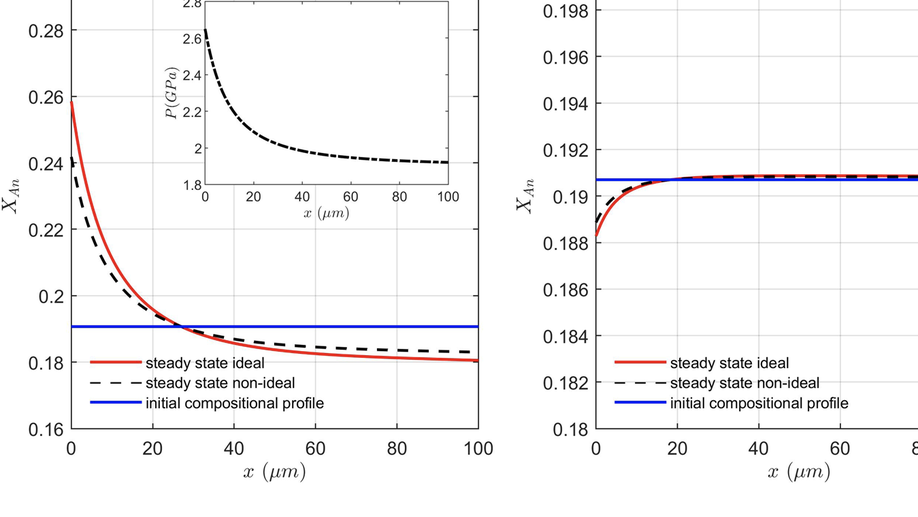
Quantifying natural processes that shape our planet is a key to understanding the geological observations. Many phenomena in the Earth are not in thermodynamic equilibrium. Cooling of the Earth, mantle convection, mountain building are examples of dynamic processes that evolve in time and space and are driven by gradients. During those irreversible processes, entropy is produced. In petrology, several thermodynamic approaches have been suggested to quantify systems under chemical and mechanical gradients. Yet, their thermodynamic admissibility has not been investigated in detail. Here, we focus on a fundamental, though not yet unequivocally answered, question: which thermodynamic formulation for petrological systems under gradients is appropriate—mass or molar? We provide a comparison of both thermodynamic formulations for chemical diffusion flux, applying the positive entropy production principle as a necessary admissibility condition. Furthermore, we show that the inappropriate solution has dramatic consequences for understanding the key processes in petrology, such as chemical diffusion in the presence of pressure gradients.
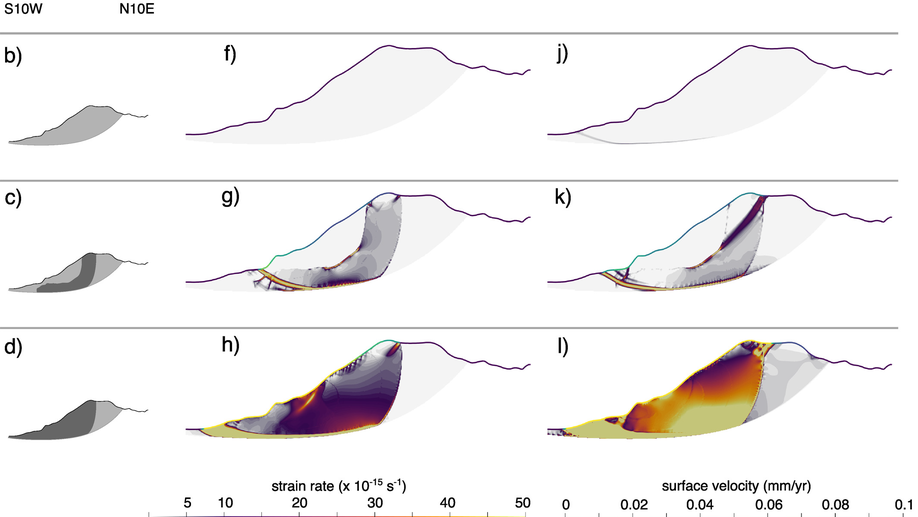
The rocks forming a volcanic edifice can be altered by circulating hydrothermal fluids. This alteration can influence the physical and mechanical properties of these rocks, which could jeopardize volcano stability. The stability of a volcanic edifice is an important consideration in volcanic hazards and risk assessments due to the potentially dire consequences of partial volcanic flank collapse. Using a combination of experimental data, geophysical data, and modeling, and La Soufrière de Guadeloupe (Eastern Caribbean, France) as a case study, we find that hydrothermal alteration decreases volcano stability and thus promotes volcano instability and associated volcanic hazards. As a result, we conclude that hydrothermal alteration, and its evolution, should be monitored at active volcanoes worldwide.
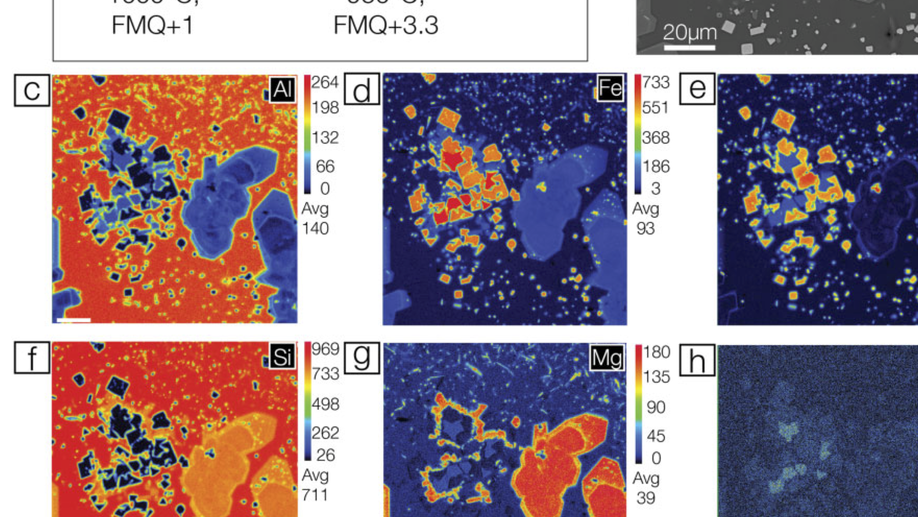
The combined Fe–Ti oxide geothermometry and oxygen barometry is an important tool in pet- rology and volcanology. However, its appropriate application to natural magmatic systems is still challenged by poorly constrained kinetics of the re-equilibration processes between magnetite, il- menite, melt and other magmatic phases. In this study, we experimentally investigated how fast Fe–Ti oxides can re-equilibrate and how fast their compositions can adapt to changing temperature and/or redox conditions.
Because deep carbon is stored for long periods in the lithospheric mantle, rift CO2 flux depends on lithospheric processes that control melt and volatile transport. Data discussed in this paper indicate that advection of the root of thick Archaean lithosphere laterally to the base of the much thinner adjacent Proterozoic lithosphere creates a zone of highly concentrated deep carbon. This mode of deep-carbon extraction may increase CO2 fluxes in some continental rifts, helping to control the production and location of carbonate-rich magmas.
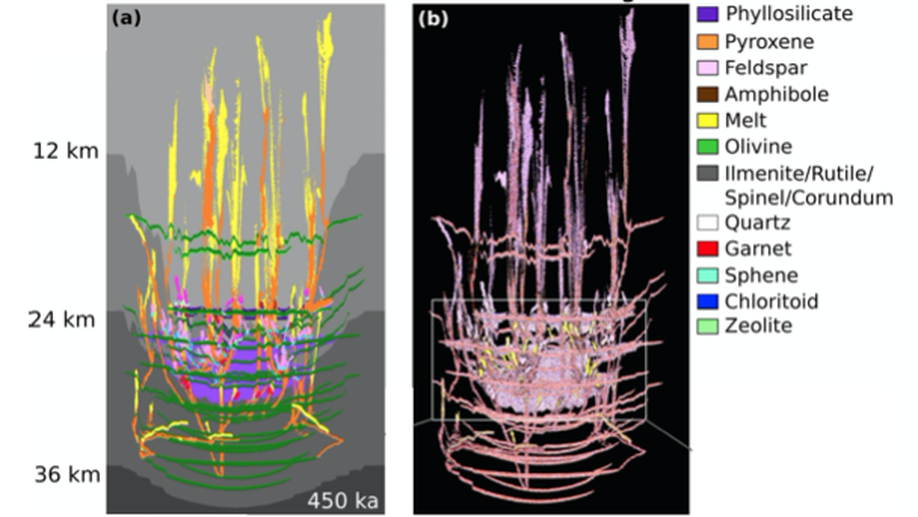
The interaction between deformation of the lithosphere and the chemical evolution of migrating melts is incompletely understood. Here, we describe an approach in which we couple a large amount of precomputed phase diagrams with a lithospheric deformation code that includes a simple diking parameterization. The simulations are shown to give detailed, yet realistic, predictions that compare reasonably well with observations.
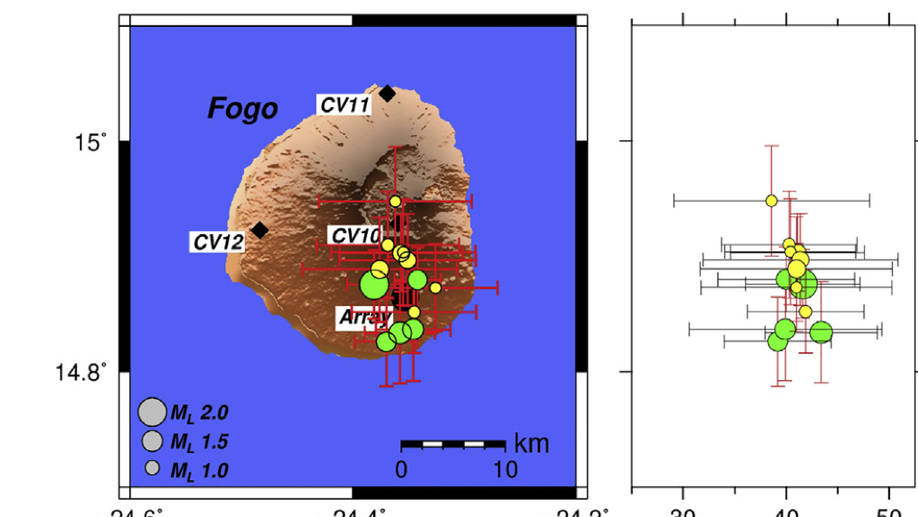
In view of the elevated upper-mantle temperatures within the Cape Verde hotspot regime, fracturing induced by magmatic injection is the most likely cause for the observed deep earthquakes.
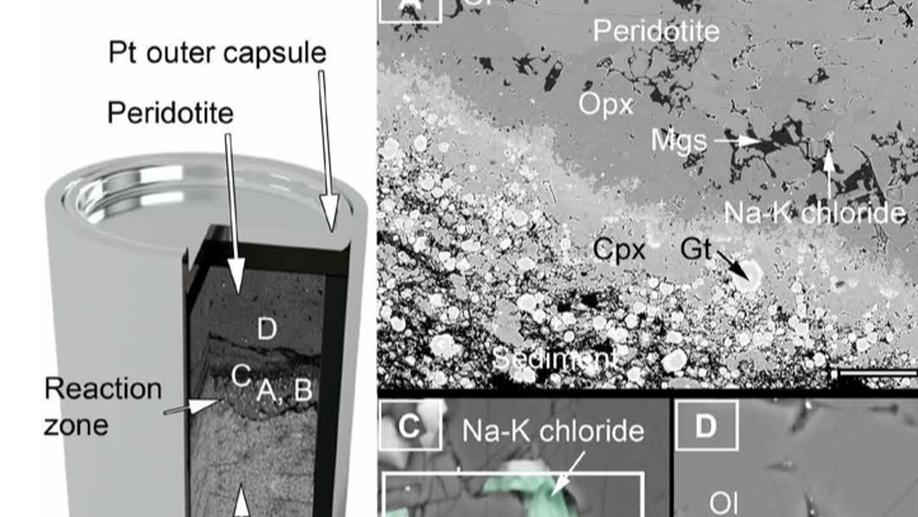
The source of fluids that are released from subducting slabs is incompletely understood. The team here employs novel experiments to simulate the conditions in the lab and shows that the reaction of sediments from the subduction zone with peridotite is very similar to traces of fluids found in diamonds and kimberlite magmas.